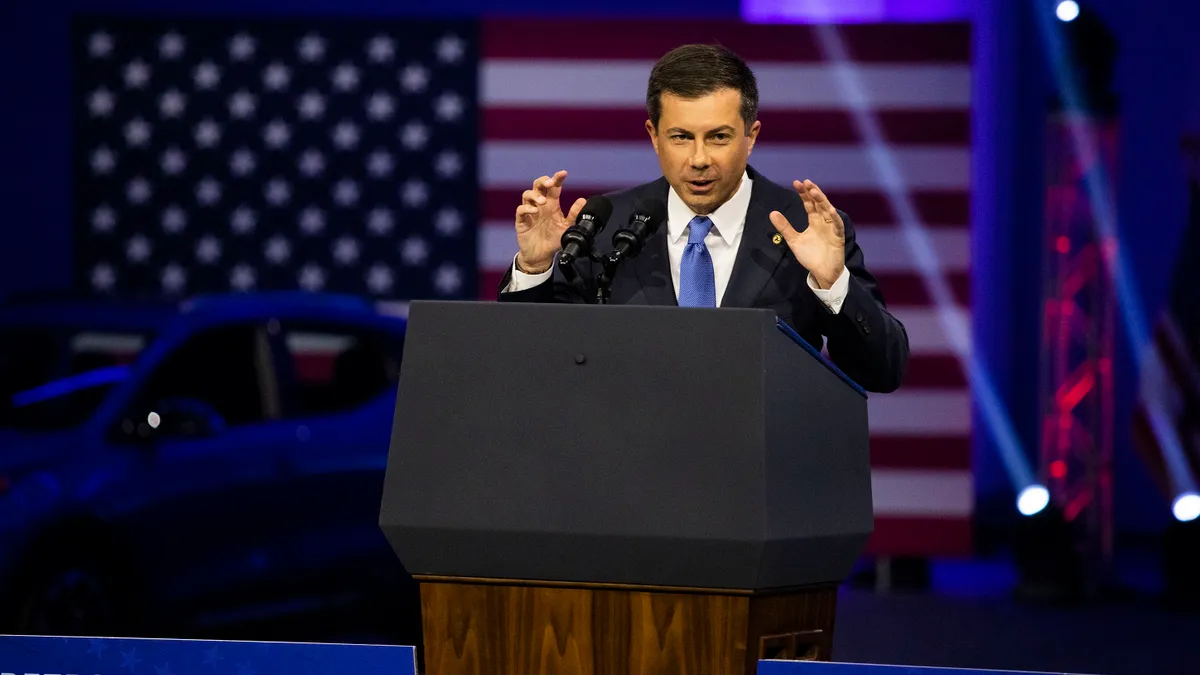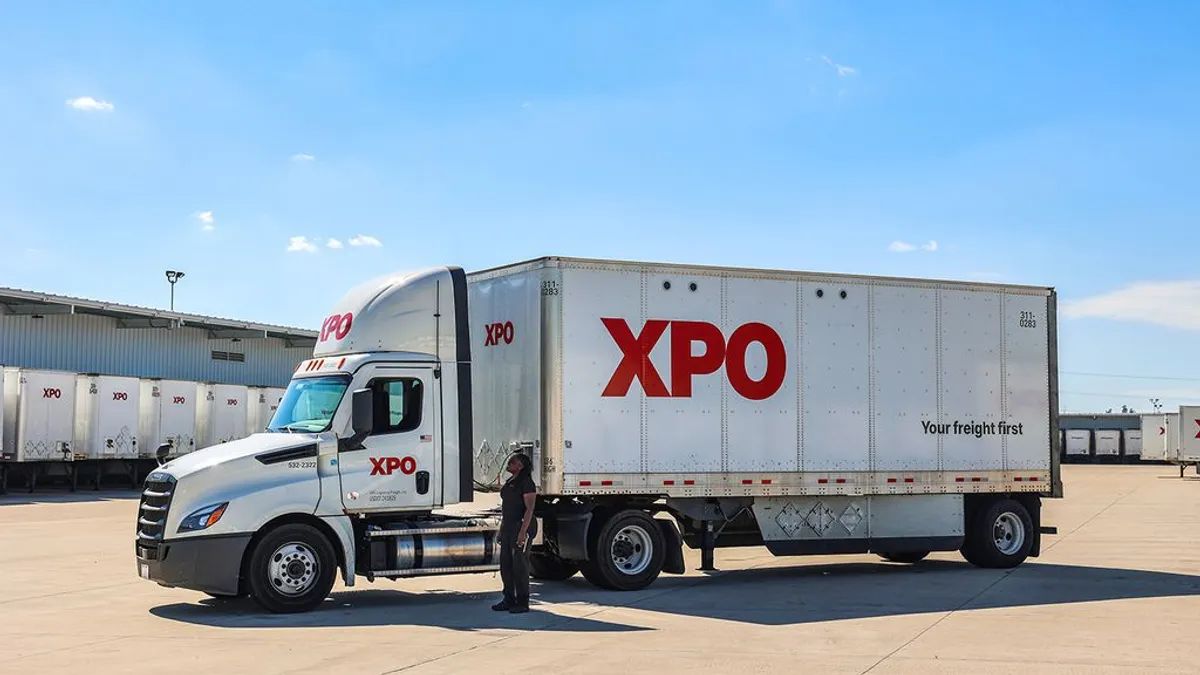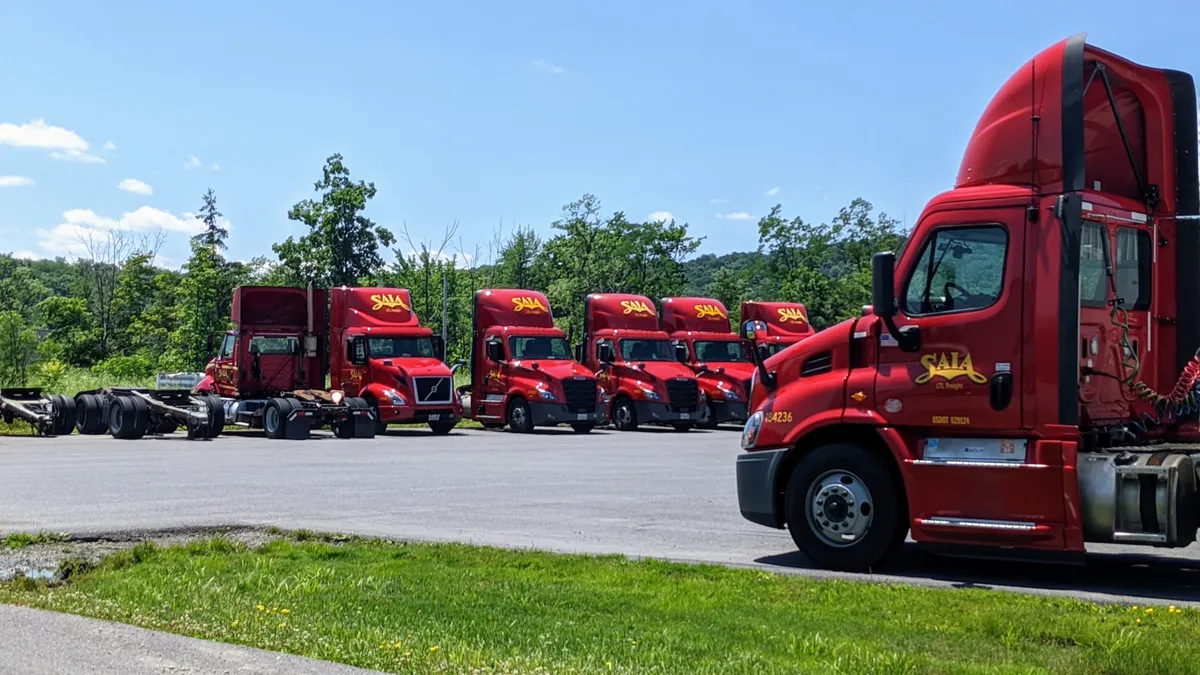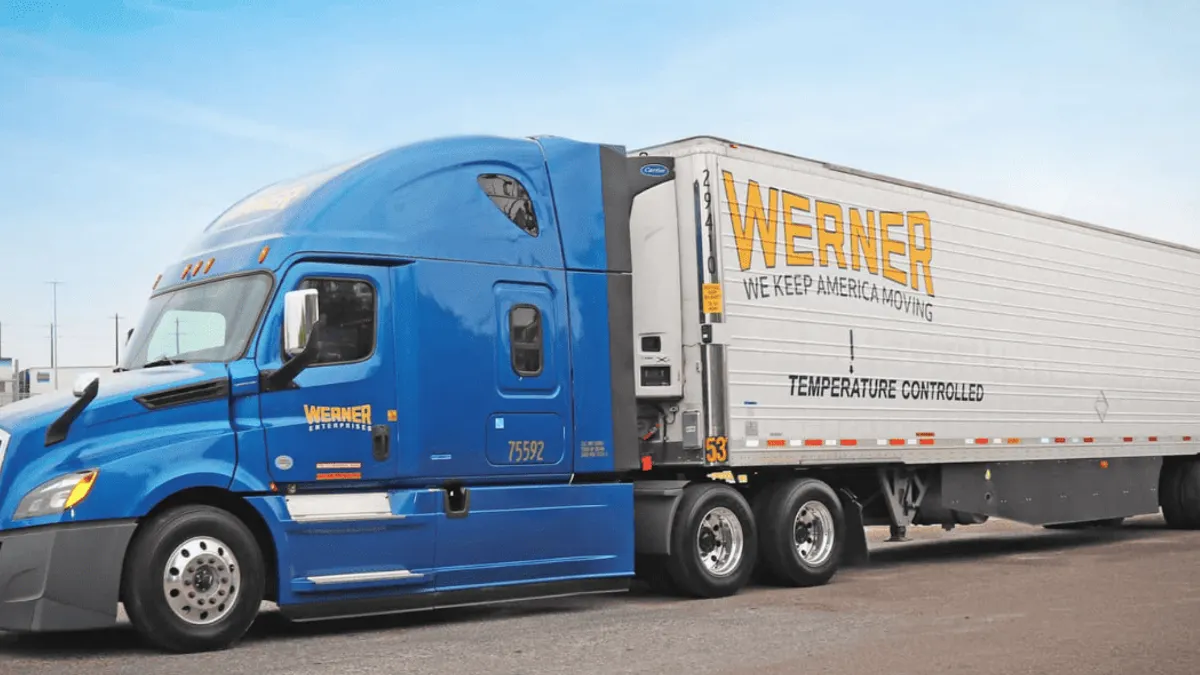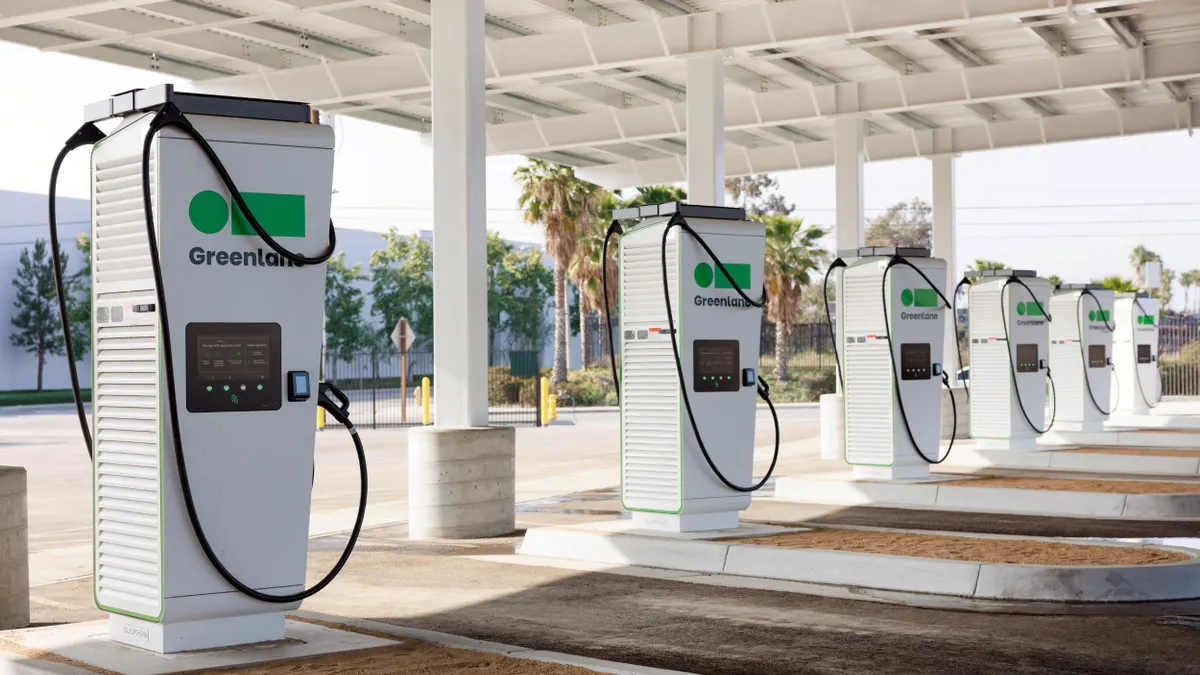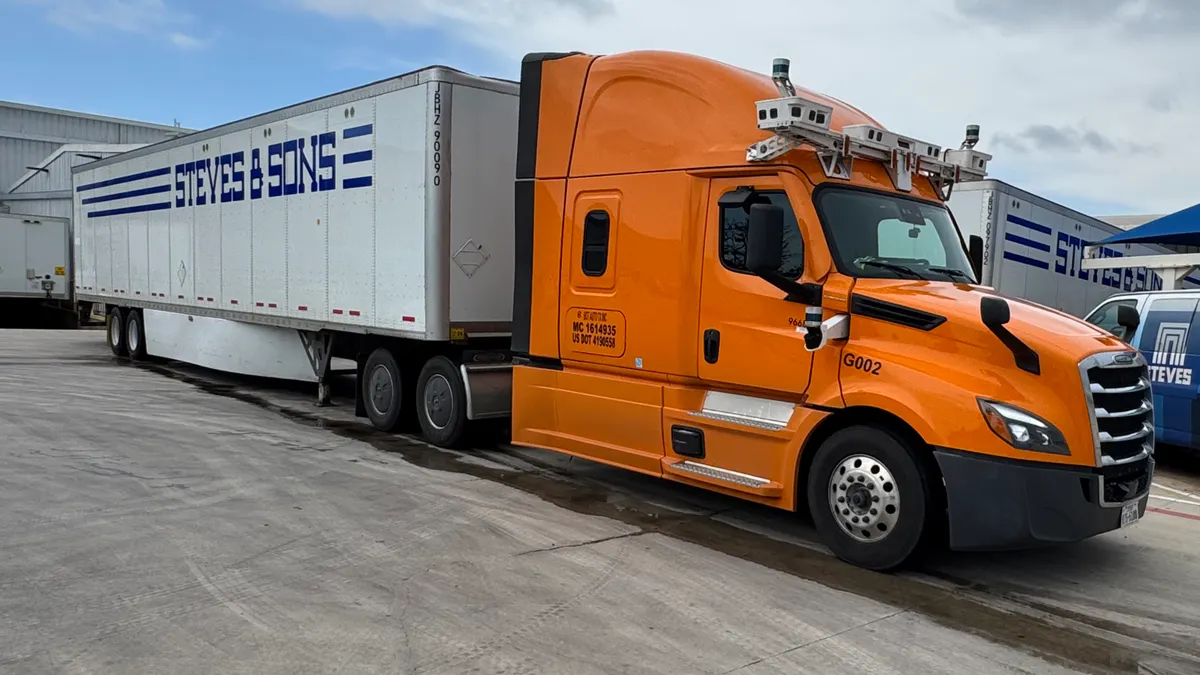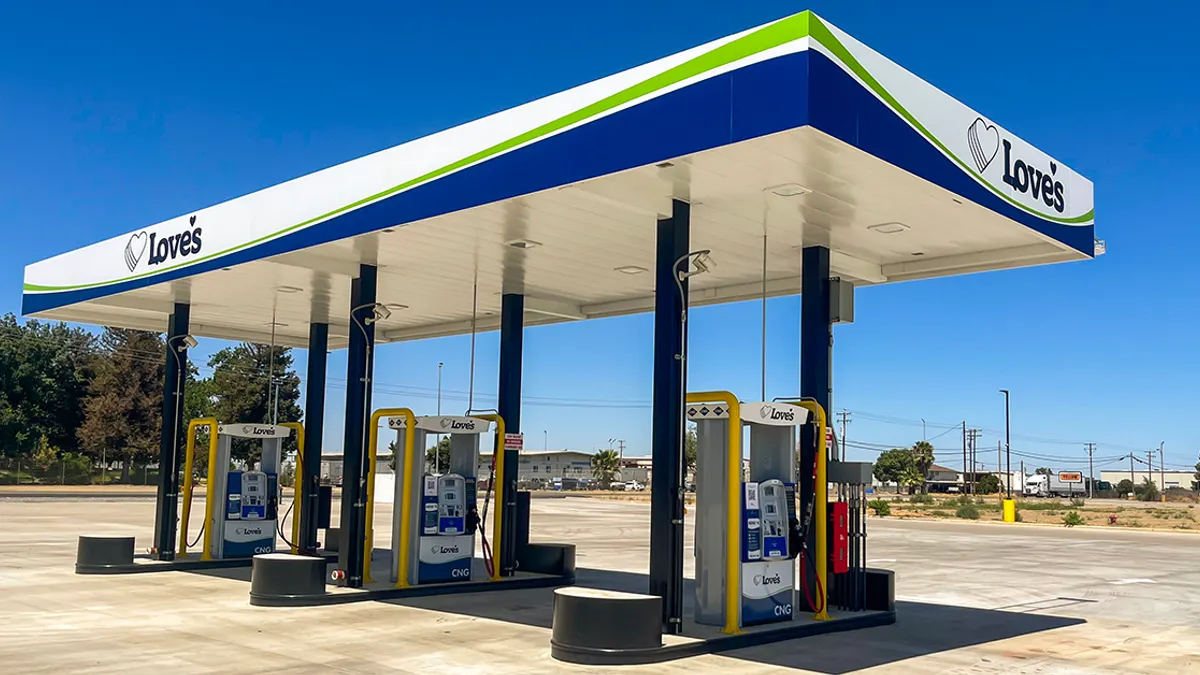Millions of dollars in federal funding will pay for hundreds of truck parking spaces in Florida and Tennessee along with technology to help truck drivers struggling to find available spots, U.S. Transportation Secretary Pete Buttigieg said Friday.
The infrastructure investments include a $15 million grant to add about 120 new truck parking spaces along the Interstate 4 corridor between Tampa and Orlando, Florida, and a $22.6 million award to add about 125 spaces along Interstate 40, east of Nashville, Tennessee.
Separately, the Federal Motor Carrier Safety Administration awarded $1.4 million in High Priority Innovative Technology Deployment grants to Montana and Kentucky to improve truck parking.
“We are deploying funding that can help support safe truck parking around the nation,” Buttigieg said during a virtual meeting of the National Coalition of Truck Parking.
The awards seek to address the added strain caused by elevated freight demand in recent years, which industry groups told Buttigieg in a February letter has resulted in an average of only one available parking space for every 11 drivers.
“We know we've got a lot of work to do,” the secretary said. “Just about every truck driver in America has been in a situation where you're on a long trip, or ahead of schedule, and had to pull over on the shoulder of the highway, on the side of an exit ramp, into a vacant space in order to rest because of the lack of proper truck parking.”
The number of truck parking spaces in the U.S. has risen 6% in recent years, according to a survey required as part of Jason’s Law, legislation passed in 2012 to advocate for the issue following the killing of truck driver Jason Rivenburg while he was parked overnight at an abandoned gas station.
But the nation’s freight transportation system needs more, according to the Department of Transportation’s Truck Parking Development Handbook. The FMCSA and Federal Highway Administration also issued a guidance memo last month on truck parking grant opportunities for local governments.
The handbook contains case studies and strategies for truck parking development “that supports freight transportation safety corridors, integrates parking needs with truck generating facilities and ensures compatibility with adjacent land uses.” It urges states and local entities to pursue public-private partnerships, especially in cases where land and resources are limited.
“Through proper planning and appropriate land use policies truck parking can be in harmony with community livability goals,” the handbook says. “This Handbook is designed to help communities address the challenges associated with modern industrial, warehousing, and commercial developments that generate truck traffic and create demand for truck parking.”
Truck driver fatigue is a factor in about one in every seven commercial motor vehicle crashes, FMCSA head Robin Hutcheson said during the meeting.
“This is partially a function of a lack of quality sleep, and we know that this can be exacerbated when commercial drivers can't park in safe, quiet and designated areas for large trucks, in particular,” Hutcheson said.
The lack of driver parking is persistently a top-three priority for American Trucking Associations members in the group’s surveys, said Darrin Roth, vice president of highway policy. The issue tied driver compensation as members’ top concern last year.
The ATA and its partners on the Law Enforcement Advisory Board, a trucking industry-police joint safety initiative, are sending letters to all 50 states to inform them of the federal discretionary and formula funding available to improve truck parking, Roth said.
“Right now, ATA is focused primarily on making sure that state and local governments are aware of both the problem and the federal resources that are available to them,” Roth said. “So the DOT guidance memo outlining eligibility is certainly very timely, and extremely helpful.”
Tiffany Wazlowski-Newman, vice president of public affairs for the National Association of Truck Stop Operators, said the group appreciates the federal government’s commitment to developing more parking space. The association’s members operate 90% of the country’s truck parking.
“To the extent that Federal dollars are utilized for truck parking, we think that partnering with the private sector in the existing locations is the best way to maximize the use of those dollars,” Wazlowski-Newman said.



